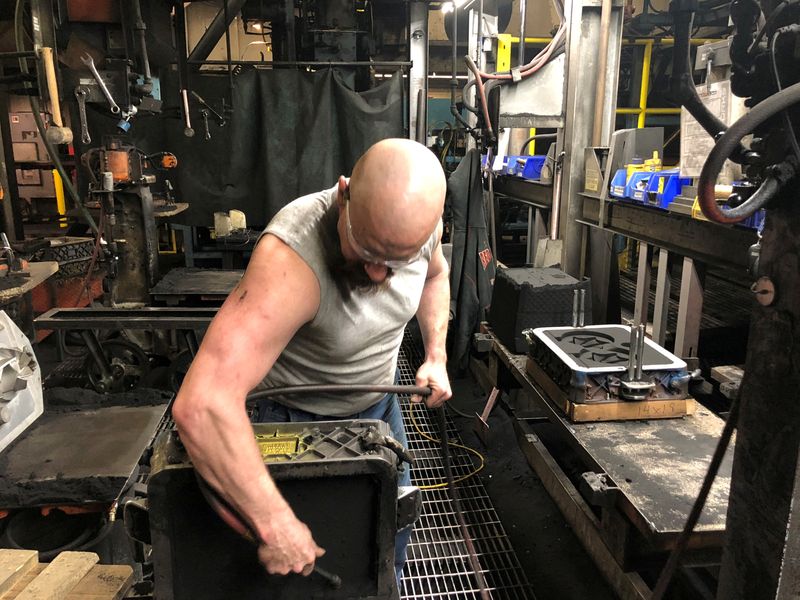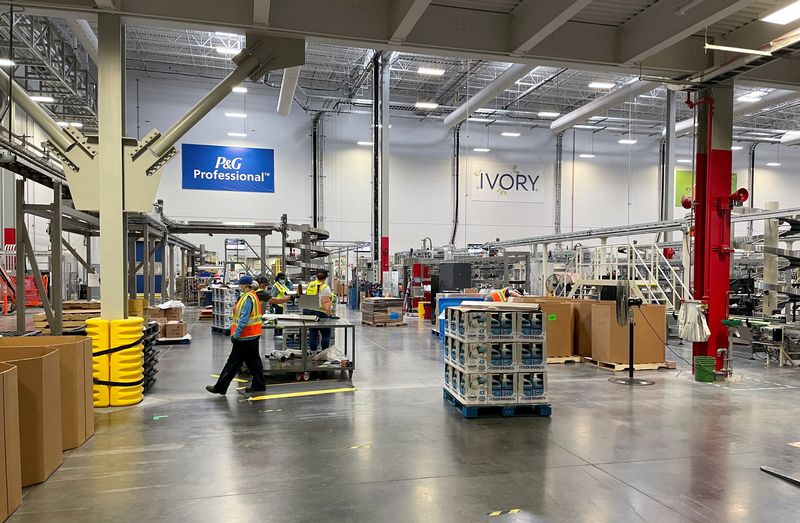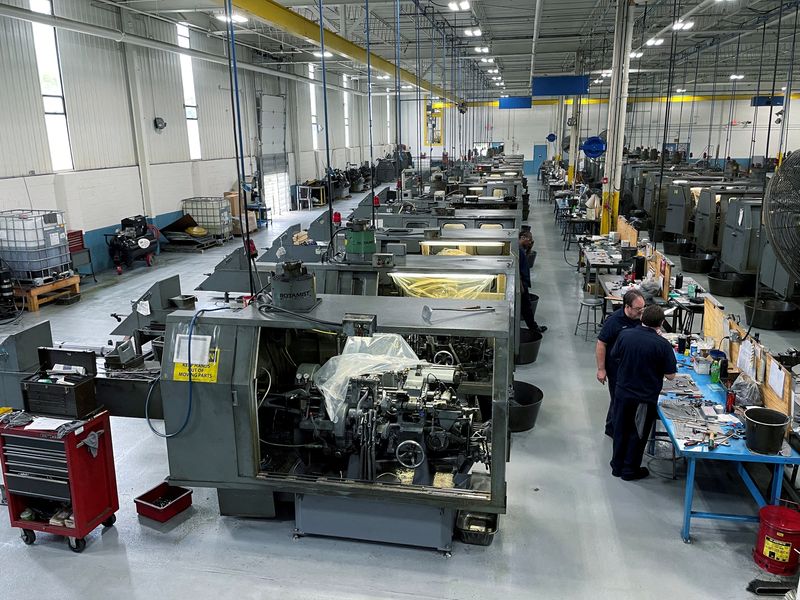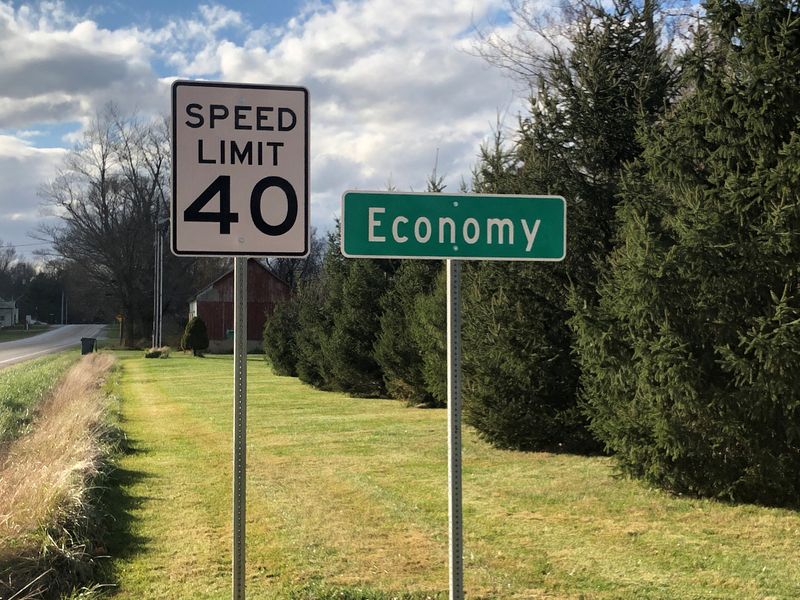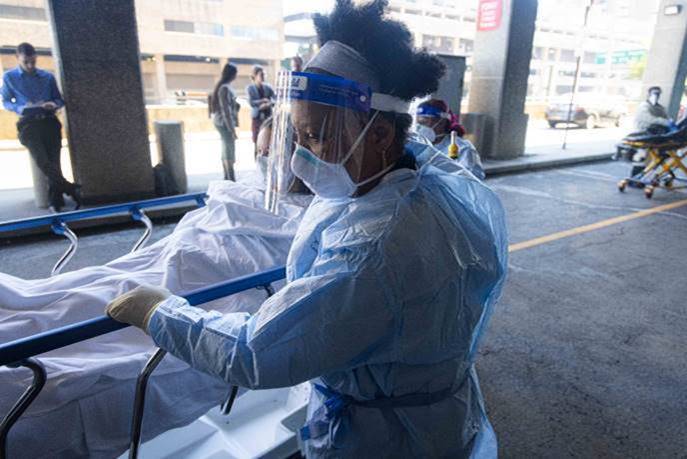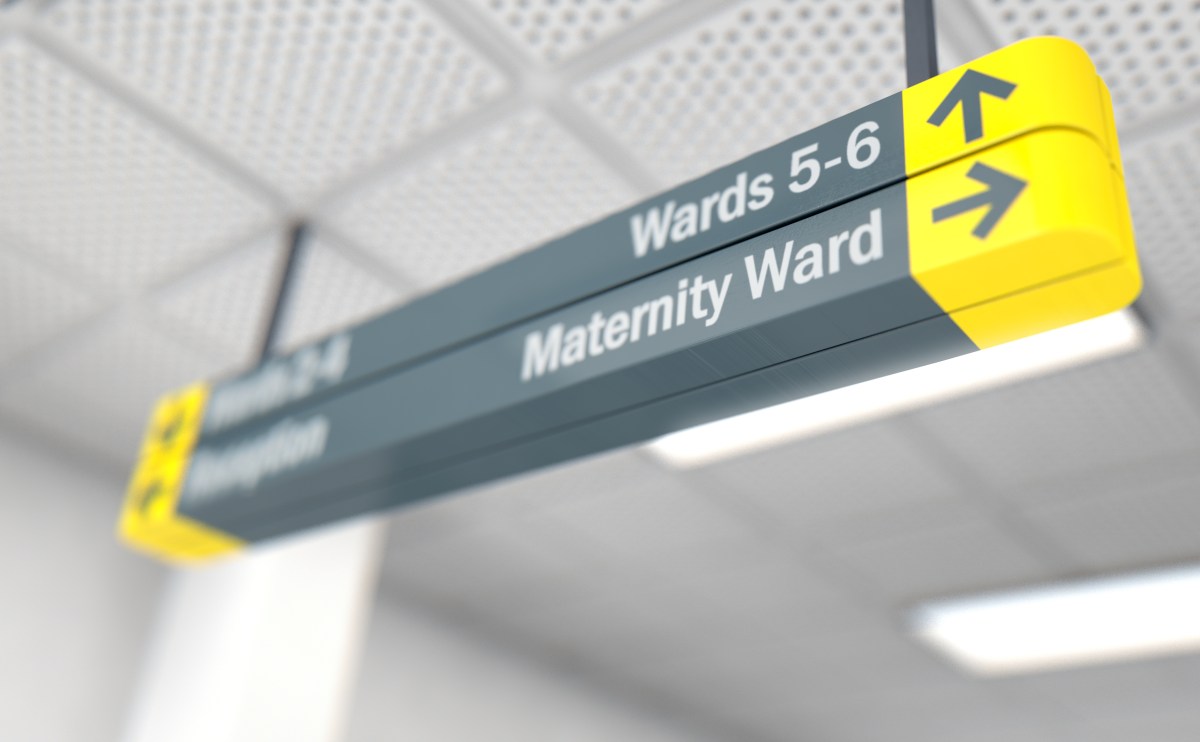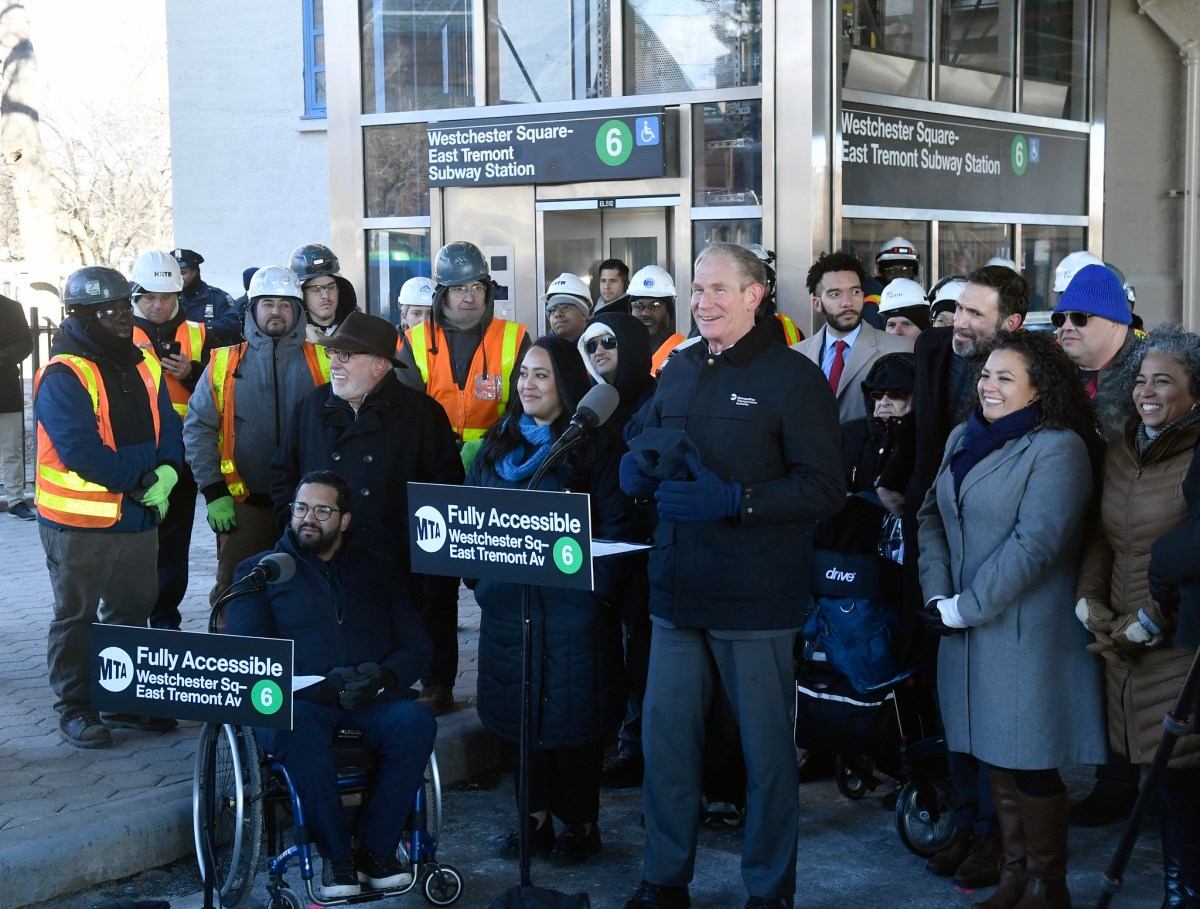(Reuters) – When Michael Tamasi got to his office Monday after the holiday shutdown, he found nine workers at his small factory were absent — either because they had COVID-19 or had been exposed and were trying to get tested.
That’s over 10% of his staff of 81, and by far the greatest single outage he’s seen since the start of the pandemic.
The latest wave of the health crisis, driven by the highly contagious Omicron variant, has forced airline cancellations, closed stores, curbed output at meat processing plants, and shut classrooms across the U.S. The surge is exacerbating an already tight labor market and forced government health officials to curb how long it says workers need to isolate once they’re infected.
The U.S. economy added 199,000 jobs last month, according to a closely watched report from the Labor Department released Friday, and the jobless rate dipped to 3.9% from 4.2% in November, underscoring the tight supply of workers.
The scramble to fill open jobs has boosted wages and fueled a surge of inflation. Friday’s report showed another round of strong gains in paychecks, with average hourly wages up 4.7% from a year ago.
Many manufacturers, pressed to stay open throughout the pandemic, have found ways to keep assembly lines rolling. And to be sure, many say they are so far handling the latest wave of illness without major production cutbacks.
“It’s definitely worse than it’s been,” said Tamasi, CEO of AccuRounds, a contract manufacturer of metal parts in Avon, Massachusetts. He said he has kept production going by adding extra overtime.
“We’re basically opening all hours so we can get the most we can with the people we have,” said Tamasi, who makes parts used in airplanes, robots, and medical devices, including machines that make vaccines.
To be sure, there could still be a bigger wave of pandemic absences coming. Family gatherings over holidays have fueled past surges weeks after the events.
Jason Lippert, CEO of LCI Industries, the largest parts supplier to the recreational vehicle industry, said his company is seeing positive cases daily, ranging from “five on the low side to 20 on the high side.” It’s a nuisance, he said, but it’s manageable.
Lippert’s keeping a close watch, however, since the Omicron variant is just starting to hit harder in the region where he has most of his 100 plants – in and around Elkhart, Indiana.
The Omicron variant has hit just when many employers were finally getting factories back to full strength after disruptions and shutdowns early in the pandemic. Jim Kirsh, president of Kirsh Foundry Inc, in Beaver Dam, Wisconsin, said he hasn’t seen a surge of absenteeism at his 110-person operation, although he just saw his first COVID case in six months.
He said he only recently got his factory close to full employment after raising starting wages by over 50%, in multiple steps, since March of 2020.
He’s passed along those costs to customers, though many objected. “Most asked for examples of our major cost drivers and when you show them that wages are up 57%, natural gas is up 100%, alloys are up 50% to 300%, there is not much they can say,” he wrote in an email.
Rising costs and tight labor have pushed many companies to pour resources into new technology, including new automation. Kirsh plans to spend up to $2 million this year on robots that will cut between four to eight jobs.
Kirsh said he has little control over most of his costs—such as raw materials and transportation—so he’s focused on boosting how much each worker can produce. ‘The more expensive labor becomes, the less I use.”
(Reporting by Timothy Aeppel; Editing by Nick Zieminski)

